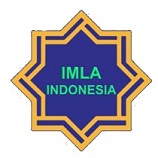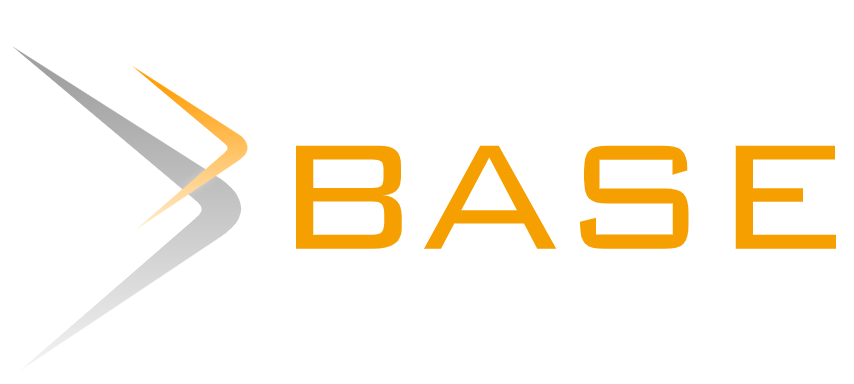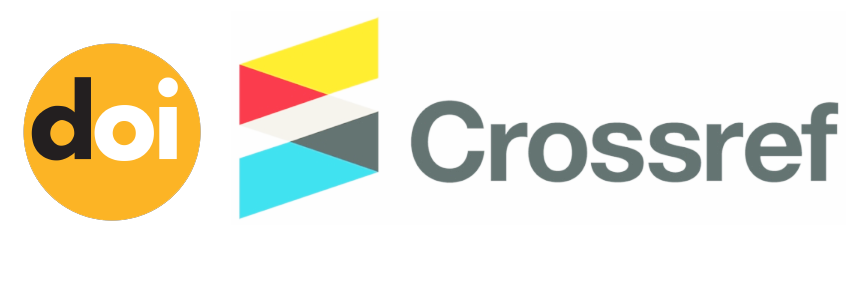Errors in the Writing of Indonesian Sounds by Arabic Native Speakers Students at the University of Al Azhar, Cairo
Abstract
Learning Bahasa Indonesia (bI) for al-Azhar students is new knowledge. Indonesian language is considered a second language(L2) or third (L3) language after Arabic (Ar). Each of the languages being studied has its own system of rules. These differ significantly from one another on phonological, morphological, and syntactic levels. At the phonological level, for example, their mother tongue (B1), namely Arabic, does not have middle or middle cardinal vowels, does not have nasal sounds, such as (ə/elang), (ɛ/nènèk), (ng/datang) as in Indonesian language. This leads to errors and irregularities in the Indonesian language. Later issues include changes, omissions, and replacement of phonemes that should not be used in Indonesian vocabulary. Knowing which phonemes are a stumbling block and make the learning process difficult can help to prevent these defects from happening again. A number of research data were obtained from the results of reading and writing assignments for first semester students at Al-Azhar University, Faculty of Language and Translation in Cairo (FBT-UAC). Furthermore, the learners' changes, omissions, and replacement of phonemes in Indonesian sentences were classified using predetermined criteria. The obtained data were then analyzed using contrastive theory and error analysis. This theory is applied by comparing the phonemes used by learners with standard Indonesian phonemes. The results revealed that the errors that occurred were the emergence of vowel changes, consonant changes, phoneme omission, and the replacement of diphthongs with single phonemes. This error happens as a result of students' inadequate comprehension and lack of sufficient reading practice.
Keywords
Full Text:
PDFReferences
Buhairi, Said Hasan. 2004. Manahij Ilmi al-Lughah min Harman Paul hatta Naum Chomsky. Kairo: Muassasah al-Mukhtar. Chaer, Abdul dan Leonie Agustina. 2007. Sosiolinguistik Perkenalan Awal. Jakarta: Rineka Cipta. Fisiak J. 1981. Contrastive Linguistics and the Language Teacher. Oxford: Pergamon Press. Hadi, Syamsul. 2003. “Kata-kata Serapan dari Bahasa Arab Yang Terdapat dalam Kamus Besar Bahasa Indonesia. Disertasi. Yogyakarta: Program Pascasarjan Universitas Gadjah Mada. Kesuma, Tri Mastoyo Jati. 2007. Pengantar (Metode) Penelitian Bahasa. Yogyakarta: Penerbit Corasvatibooks. Masrukhi, Moh. 2017. “Kesalahan Gramatika Bahasa Arab Pada Tulisan Mahasiswa Prodi Sastra Arab UGM”. Surakarta: Jurnal CMES, Vol. 10, No. 2 Th 2017, 121-131. Masrukhi, Moh. 2003. “Pengaruh Konstruksi Frasa Bahasa Arab pada Konstruksi Frase Bahasa Jawa dalam terjemahan Kitrab-Kitab Klasik”. Thesis. Yogyakarta: Program Pascasarjana Universitas Gadjah Mada. Marsono, 2018. Fonetik. Yogyakarta: Gadjah Mada Press. Pariera, Jos Danil. 1986. Pengantar Linguistik Umum, Fonetik dan Fonemik: Sebuah Panduan. Cetakan Kedua. Ende Flores: Penerbit Nusa Indah. Poedjosoedarmo, Soepomo. 1977/1978. Interferensi Gramtikal Bahasa Jawa dalam Pemakaian Bahasa Indonesia Murid Sekolah Dasar. Yogyakarta: Proyek Penelitian Bahasa dan Sastra Indonesia dan Daerah Daerah Istimewa Yogyakarta. Pusvita, Winda Dewi, dkk. 2019. Kesalahan pengucapan kosakata pelajar BIPA di UPT Bahasa Universitas Sebelas Maret Surakarta. Jurnal Kredo, Vol 2, No. 2 Tahun 2019, 206-224. Simanjuntak, Mangantar. 1990. Theories of The Acquitition of Phonology. Cetakan Pertama. Jakarta: Penerbit Gaya Media Pratama. Tarigan, H. G. 1990. Pengajaran Analisis Kesalahan Berbahasa. Bandung: Penerbit Angkasa. Tim Pustaka Phoenix. 2013. Kamus Besar Bahasa Indonesia Edisi Baru. Cetakan Ketujuh. Jakarta: Media Pustaka Phoenix. Weinreich, Uriel. 1970. Languages in Contact. Findings and Problems. Cetakan ke-7. Paris: Mouton.
DOI: https://doi.org/10.20961/cmes.15.1.59428
Refbacks
- There are currently no refbacks.
Copyright (c) 2022 Jurnal CMES

This work is licensed under a Creative Commons Attribution-ShareAlike 4.0 International License.
| Copyright of CMES ISSN 2085-563X (print) and ISSN 2502-1044 (online) CMES Journal is licensed under a Creative Commons Attribution-ShareAlike 4.0 International License. | CMES (Center of Middle Eastern Studies) Print ISSN: 2085-563X Online ISSN: 2502-1044 Website: https://jurnal.uns.ac.id/cmes/index Email: cmes@mail.uns.ac.id Published by: Arabic Literature Department, Faculty of Cultural Science, Universitas Sebelas Maret Ir. Sutami Street, No. 36A, Surakarta, Jawa Tengah 57126 Phone: +62 822-4000-2313 |















